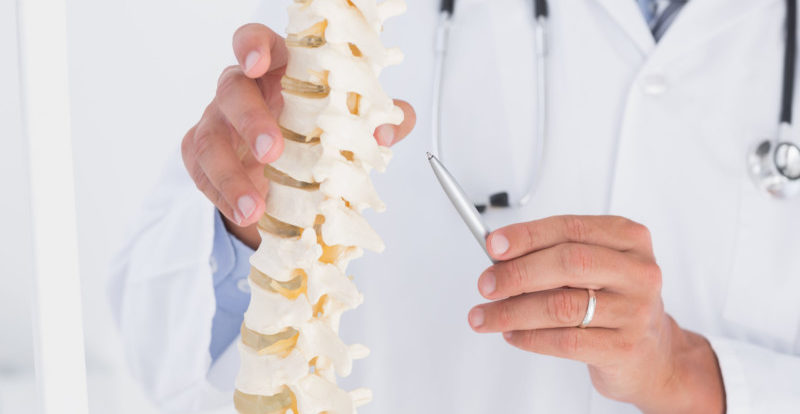September is National Spinal Cord Injury Awareness Month
Category: Spinal Cord Injury | Author: Stefano Sinicropi

An injury to your spinal cord can have lifelong consequences. According to statistics, every 48 minutes someone in the United States will become paralyzed due to a devastating spinal cord injury. Because of their frequency and their severity, it’s imperative that we work to find new solutions to treating and caring for spinal cord injuries.
September has been designated by Congress as National Spinal Cord Injury Awareness Month, and we wanted to do our part by sharing some facts about spinal cord injuries and by looking forward to the future of spinal cord injury treatment. Today, we take a closer look at spinal cord injuries.
Spinal Cord Injury Facts
Here are some facts about spinal cord injuries in the United States:
- Estimates suggest that there are roughly 285,000 people with a spinal cord injury living in the United States in 2016.
- The leading cause of spinal cord injuries are car crashes, followed by falls, weapon wounds, and sports/physical activities.
- Each year approximately 17,000 people will be diagnosed with a spinal cord injury.
- The average age of a person who suffers a spinal cord injury has jumped dramatically over the decades. Back in 1970 the average age was 29. Today, the average age of a person who suffers a spinal cord injury is 42.
- Males are much more likely to suffer a spinal cord injury than females. Roughly 80 percent of new SCI injuries involve males.
- The average stay in an acute care unit for patients with a spinal cord injury is 11 days. Unfortunately, less than 1 percent of people with a spinal cord injury experienced complete neurological recovery by the time they were discharged from the hospital.
Cause for Hope
Although spinal cord injuries can be devastating, each day there is cause for hope. We are better at managing spinal cord injuries than ever before, and research funding continues to look for new ways to treat and manage spinal cord injuries. Additionally, the world has become a much more handicap-accessible place, as there are more ramps at places like parks and theaters, there are more handicap parking spots at stores and near the mall, and more busses are equipped with lifts and handicap seating. We have become more aware about the challenges faced by individuals with spinal cord injuries, but our work is not yet done. New devices are being developed that hope to reconnect neurological pathways that have been damaged by spinal cord injuries, giving some individuals the chance at regaining movement in their appendages. The future of spinal cord injury care looks bright, and we can’t wait to see what it holds.